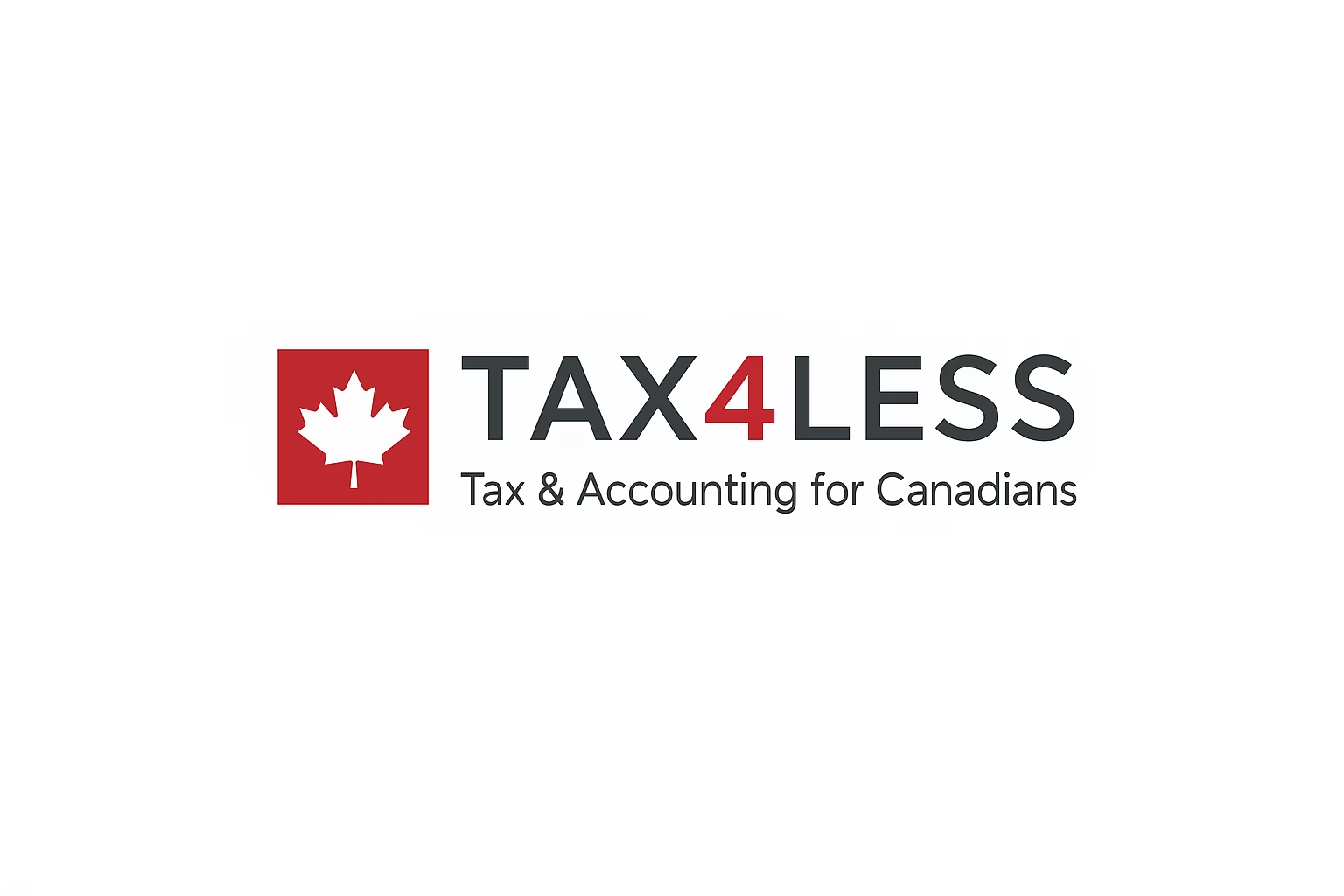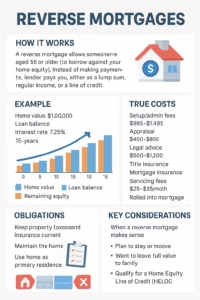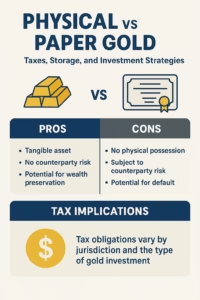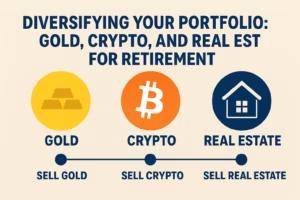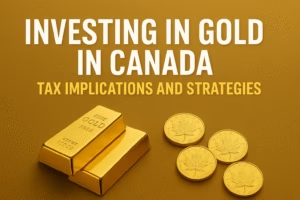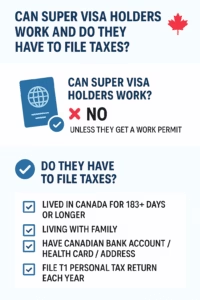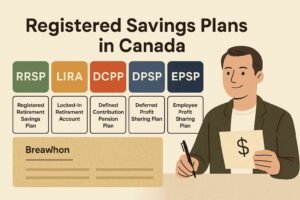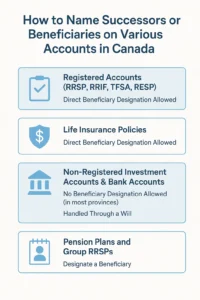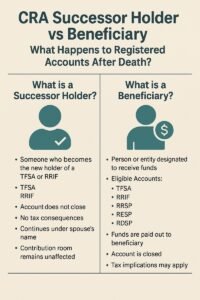Reverse Mortgages: The Real Costs, Conditions, and What Happens When Equity Runs Out
For many older homeowners, a reverse mortgage can be both a lifeline and a risk. It allows you to tap into your home’s value without selling or making monthly payments, but it’s not free money. Understanding the real costs, conditions, and potential pitfalls is essential before signing anything. What happens when your home equity runs out? Discover how a reverse mortgage works, the pros and cons, and when it makes sense to consider this financial option. Don’t let misconceptions drain your wealth—learn how to make your home work for you in retirement.
